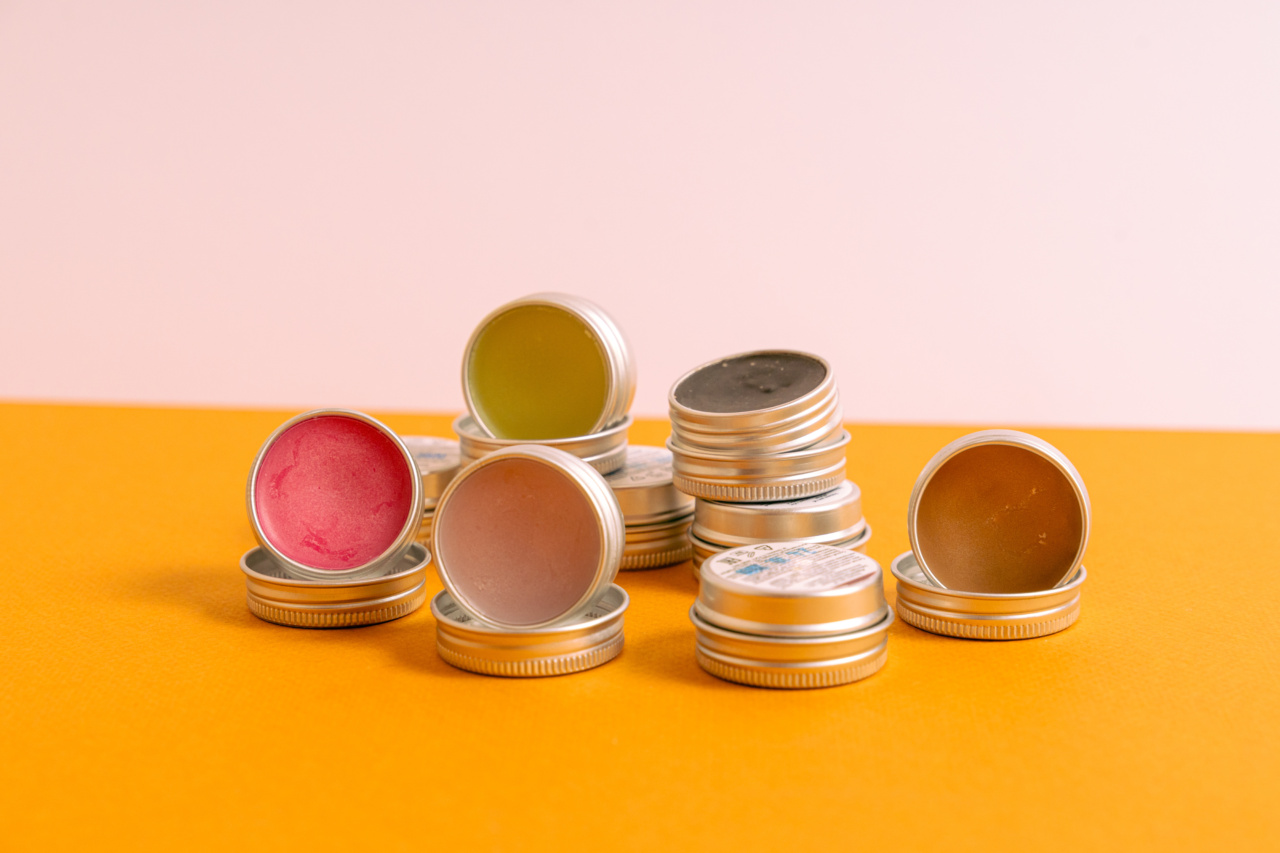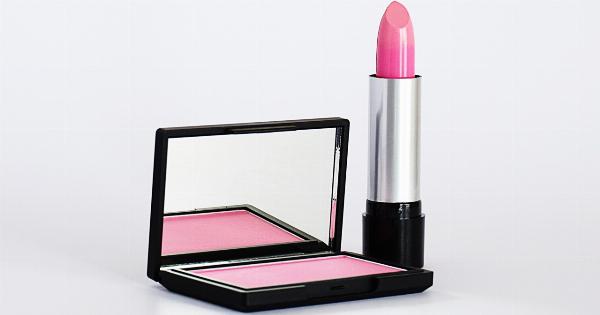Many of us use cosmetics on a daily basis to enhance our appearance and boost our self-confidence. However, what we often fail to realize is that these beauty products can have a significant impact on our hormonal balance.
Hormones are chemical messengers in our body that regulate various functions such as growth, metabolism, reproduction, and emotions. When cosmetics disrupt our hormonal balance, it can lead to a range of health issues. In this article, we will explore how cosmetics can affect your hormones and provide some tips on making safer choices.
The Link Between Hormones and Cosmetics
The beauty industry is vast, offering a plethora of products to cater to every need and desire. From skincare to makeup, haircare to fragrances, we use a multitude of cosmetics without fully understanding their potential effects on our hormones.
Research suggests that many cosmetic products contain chemicals that can interfere with our endocrine system, which is responsible for hormone regulation.
Endocrine disruptors are synthetic chemicals that mimic or interfere with the hormones in our body. They can be found in various cosmetic products such as sunscreen, moisturizers, foundation, and even perfumes.
Common endocrine disruptors in cosmetics include parabens, phthalates, triclosan, and benzophenone. These substances can enter our bodies through inhalation, absorption through the skin, or ingestion.
The Impact of Endocrine Disruptors
Endocrine disruptors found in cosmetics can have several unsettling effects on our hormonal balance. They can mimic the structure of our natural hormones and bind to the receptors, leading to altered hormonal signaling.
This disruption can result in a range of health issues, including:.
- 1. Hormone Imbalance: Endocrine disruptors can disrupt the delicate balance of hormones in our body, leading to irregularities. This can cause disruptions in our menstrual cycle, fertility problems, and even hormone-related cancers.
- 2. Skin Problems: Certain cosmetics, particularly those containing synthetic fragrances and preservatives, can trigger skin allergies, irritations, and inflammation. These reactions can further disturb hormonal balance and aggravate existing skin conditions.
- 3. Developmental Disorders: Exposure to endocrine disruptors during pregnancy or early childhood can have long-lasting effects on development. Studies have linked prenatal exposure to certain chemicals found in cosmetics to an increased risk of attention deficit hyperactivity disorder (ADHD) and neurodevelopmental disorders in children.
- 4. Thyroid Dysfunction: The thyroid gland plays a crucial role in hormone regulation. Endocrine disruptors can interfere with the functioning of the thyroid gland, leading to conditions such as hypothyroidism or hyperthyroidism.
- 5. Metabolic Disorders: Some endocrine disruptors have been associated with metabolic disorders, including obesity and insulin resistance.
Tips for Safer Cosmetic Choices
While it may be challenging to completely avoid all cosmetics, there are steps you can take to minimize your exposure to endocrine disruptors and make safer cosmetic choices:.
- 1. Read Ingredient Labels: Familiarize yourself with commonly used endocrine-disrupting chemicals and avoid products that contain them. Look for alternatives that use natural or organic ingredients.
- 2. Choose Fragrance-Free Products: Synthetic fragrances often contain phthalates, which are known endocrine disruptors. Opt for fragrance-free or naturally scented products.
- 3. Avoid Parabens: Parabens are widely used as preservatives in cosmetics but have estrogen-mimicking properties. Look for paraben-free alternatives.
- 4. Opt for Mineral-Based Sunscreens: Chemical sunscreens often contain endocrine disruptors. Instead, choose mineral-based sunscreens with ingredients like zinc oxide or titanium dioxide.
- 5. Research Brands: Take the time to research cosmetic brands that prioritize safety and transparency. Look for certifications like “cruelty-free,” “vegan,” or “organic.”
- 6. Use Less Makeup: Reducing the overall amount of cosmetics you use can also minimize your exposure to potential endocrine disruptors.
Conclusion
While cosmetics can undoubtedly enhance our beauty and confidence, it is essential to be aware of their potential effects on our hormones.
By understanding the link between cosmetics and hormone disruption, we can make informed choices about the beauty products we use. Opting for safer, more natural alternatives and minimizing our exposure to endocrine disruptors can help protect our hormonal balance and overall well-being.































